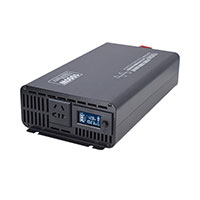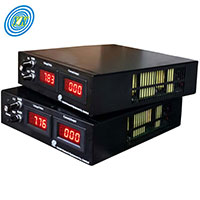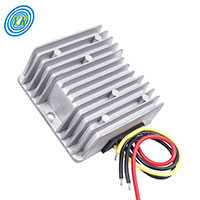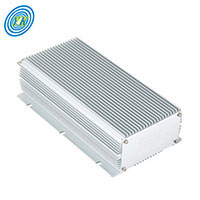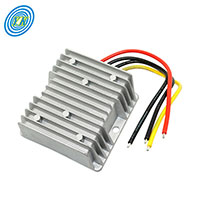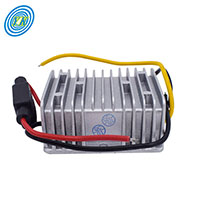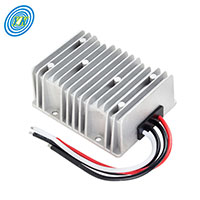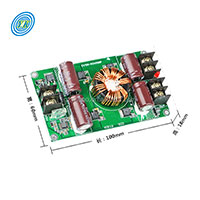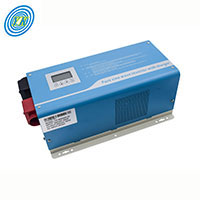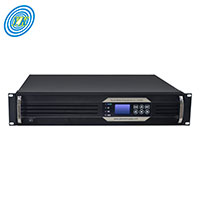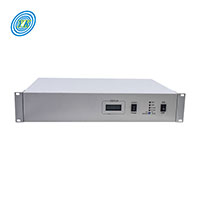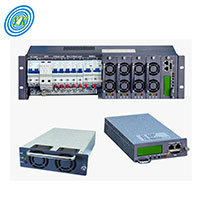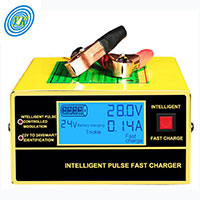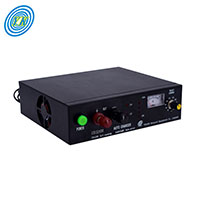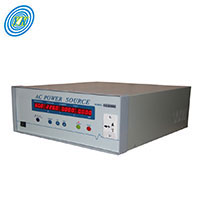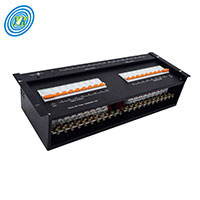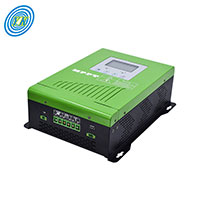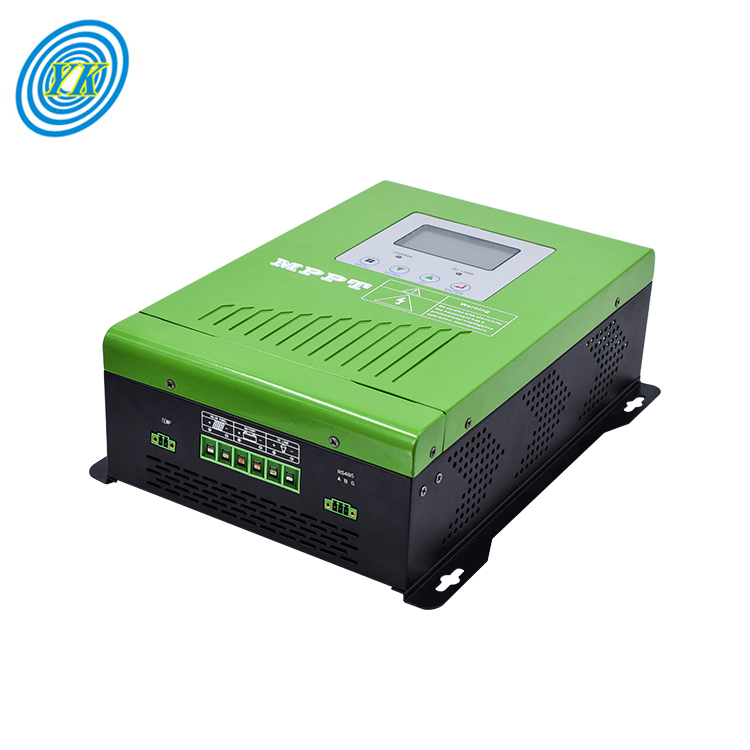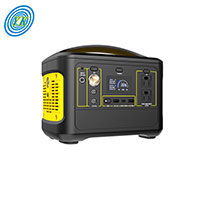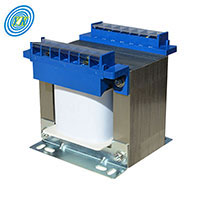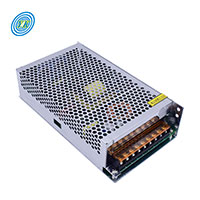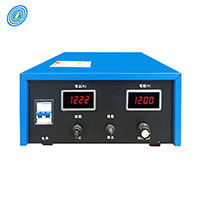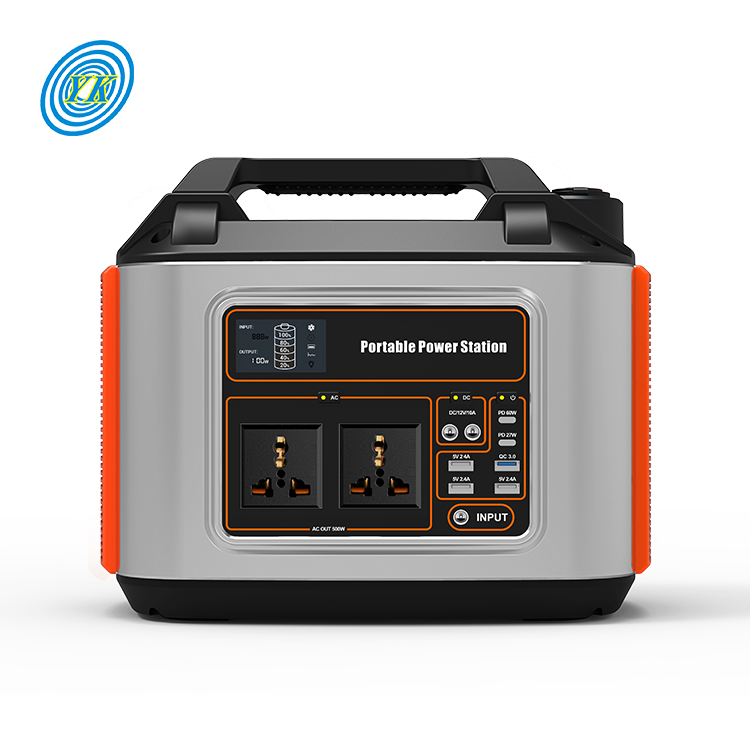
Effects of age and deterioration on portable power station performance
Click: 638 Date: 08/25/2023 09::26::16 AM
Age and deterioration can have several effects on the performance of a portable power station:Battery Capacity: Over time, the battery capacity of a portable power station can decrease. This means that it may not be able to hold as much charge as it did when it was new. As a result, the runtime of the power station may be shorter, and it may not be able to power devices for as long as it used to.Charging Efficiency: Deterioration of the internal components, such as the charging circuitry, can affect the charging efficiency of the power station. It may take longer to charge the power station fully, or it may not charge to its maximum capacity.Performance Under Load: As a power station ages, its ability to deliver power under load may be compromised. It may struggle to provide the required voltage and current to connected devices, leading to decreased performance or even device malfunction.Physical Wear and Tear: Age and deterioration can result in physical wear and tear of the power station's components. This includes connectors, cables, and switches. Loose connections, frayed cables, or damaged components can affect the overall performance and reliability of the power station.Resistance to Environmental Factors: Over time, the resistance of the power station to environmental factors such as temperature, moisture, and impact may decrease. This can make the power station more susceptible to damage from these factors, potentially affecting its performance and lifespan.To mitigate the effects of age and deterioration on the performance of a portable power station, it is important to follow the manufacturer's guidelines for maintenance, such as regular cleaning and proper storage. Regular inspections can help identify any signs of wear or damage that need to be addressed promptly. Additionally, using the power station within its recommended load capacity and avoiding extreme temperatures can help prolong its lifespan and maintain optimal performance.
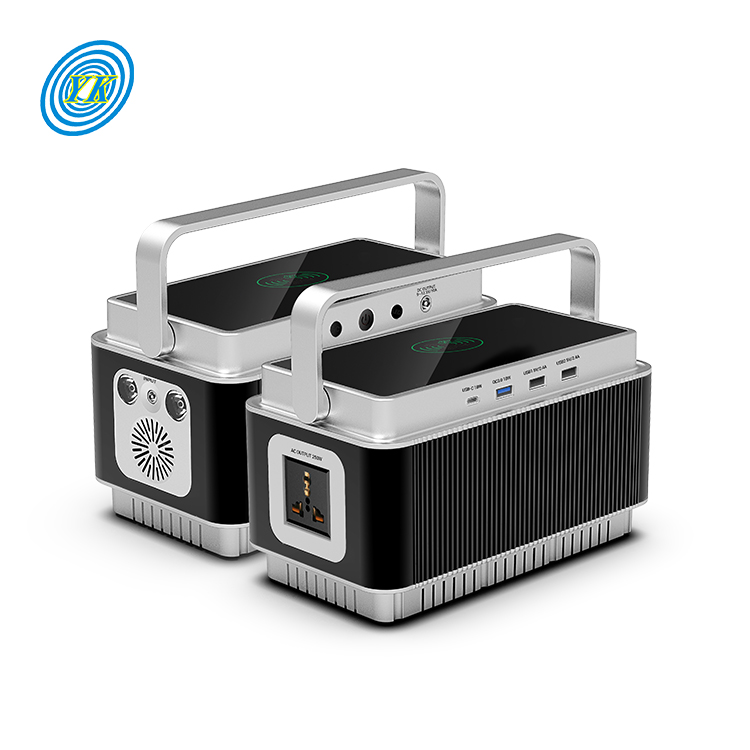
What to look for during periodic inspection of portable power station
Click: 764 Date: 08/25/2023 09::22::31 AM
During a periodic inspection of a portable power station, there are several important things to look for:Safety: Ensure that the power station is safe to use and test and that you have sufficient information to carry out the inspection safely. Check for any visible signs of damage or wear that could pose a safety risk.Age and Deterioration: Examine the power station for any signs of aging or deterioration. Look for corrosion, rust, or other forms of damage that could affect its performance or lifespan.Equipment Corrosion: Check for any corrosion on the power station's equipment, connectors, and cables. Corrosion can weaken connections and affect the overall performance of the power station.Overload: Ensure that the power station is not being operated beyond its rated capacity. Check the load capacity and verify that the connected devices are within the recommended limits to prevent overloading and potential damage to the power station.Control Wiring: If applicable, inspect the control wiring of the power station. Check for any signs of damage or wear on the wire insulation. Inspect the control cabinet and associated conduit to ensure that weather seals are intact. Verify the control power supply voltage and compare it to the voltage stated on the wiring diagram.General Condition: Evaluate the overall condition of the power station. Look for any loose connections, frayed cables, or damaged components. Check for any unusual noises or smells during operation. These can be indicators of potential issues that need to be addressed.By conducting a thorough inspection and addressing any issues promptly, you can ensure the proper functioning and longevity of your portable power station.

Guidelines for proper use and maintenance of portable power stations
Click: 902 Date: 08/25/2023 09::11::29 AM
There are several guidelines for the proper use and maintenance of a portable power station:Understanding and Respecting Load Capacity: Always understand the load capacity of your power station and ensure that the total power requirement of the devices connected to it does not exceed this capacity. This can be achieved by adding up the wattage of all the devices you plan to connect and ensuring that the total is within the power station's rated capacity. Adding a safety margin to this total can further protect the power station from overload.Regularly Charging the Power Station: Most manufacturers recommend keeping the power station charged, even when it is not in use. This helps to maintain the health of the battery and prolong its lifespan. Always follow the manufacturer's instructions for charging.Avoiding Extreme Temperatures: Extreme temperatures, both hot and cold, can adversely affect the performance of the power station and reduce its lifespan. Try to store and use the power station in a place with moderate temperature.Regular Cleaning: Keep the power station clean and free of dust and debris. A clean power station is less likely to overheat and will generally perform better. Use a soft, dry cloth to clean the exterior of the power station. Avoid using harsh or abrasive cleaners.Proper Storage: When not in use, store the power station in a cool, dry place. Avoid places with high humidity or extreme temperature fluctuations. Regularly charge the power station even when it is in storage.Periodic Inspection: Regularly inspect the power station for any signs of damage or wear. Check the cables, connectors, and the battery. If you notice any damage, it's best to get it repaired or replaced as soon as possible to prevent further damage.Following Manufacturer's Guidelines: Always follow the manufacturer's guidelines for use, storage, and maintenance of the power station. This will ensure the power station operates at its best and lasts longer.By following these guidelines, you can ensure the proper use and maintenance of your portable power station, which will extend its lifespan and ensure its optimal performance.
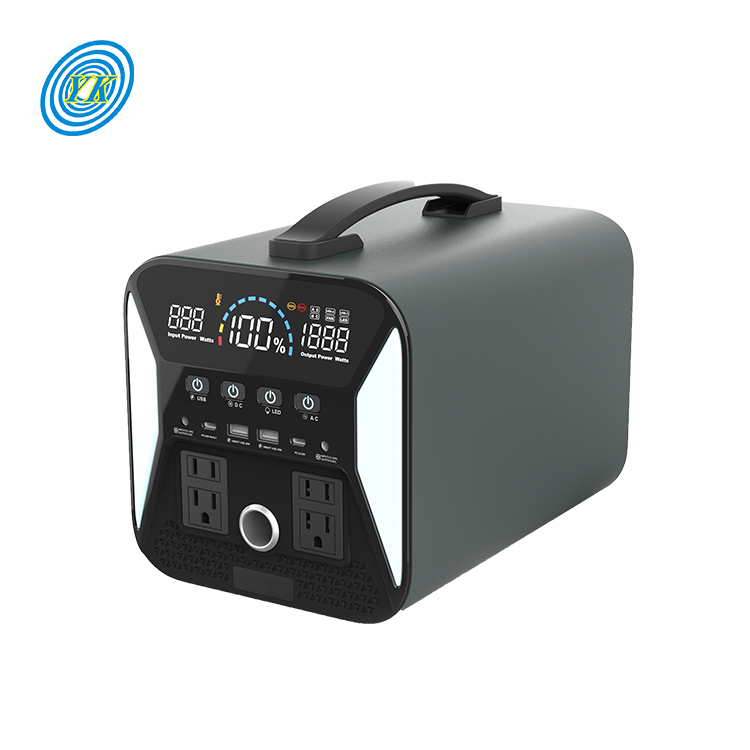
How safety margin enhances safety of portable power station and connected devices
Click: 810 Date: 08/24/2023 5::16::25 PM
How safety margin enhances safety of portable power station and connected devicesAdding a safety margin to the total wattage calculation enhances the safety of a portable power station and the connected devices in several ways:Prevents Overloading: Overloading a power station by connecting devices that collectively exceed its maximum capacity can lead to overheating. Overheating, in turn, can cause damage to both the power station and the connected devices. A safety margin ensures that the power station operates below its maximum capacity, reducing the risk of overloading and subsequent overheating.Accommodates Fluctuating Power Needs: Devices often require more power at startup (known as surge or peak power) than during regular operation. A safety margin provides the extra capacity needed to accommodate these temporary power spikes, ensuring the power station can handle them without shutting down or damaging the connected devices.Enhances Durability: Operating a power station close to its maximum capacity for extended periods can cause wear and tear, which reduces its lifespan. A safety margin helps ensure the power station operates below its maximum capacity, thus prolonging its life.Allows for Unexpected Power Needs: Unexpected situations may arise where you need more power than your initial calculation. A safety margin provides the extra capacity needed for these unforeseen power needs.Facilitates Safe Operation: Many portable power stations have built-in safety features such as short circuit protection, overload protection, overvoltage protection, and surge protection. These features help ensure your equipment is safe and secure. A safety margin contributes to the effectiveness of these features by reducing the risk of operating conditions that could trigger them.Adding a safety margin to your total wattage calculation is therefore a prudent practice that enhances the safety and longevity of your portable power station and the devices connected to it. It's important to note, however, that the safety margin is not a substitute for proper use and maintenance of your power station. Always follow the manufacturer's guidelines for use, storage, and maintenance to ensure the safety and performance of your power station.
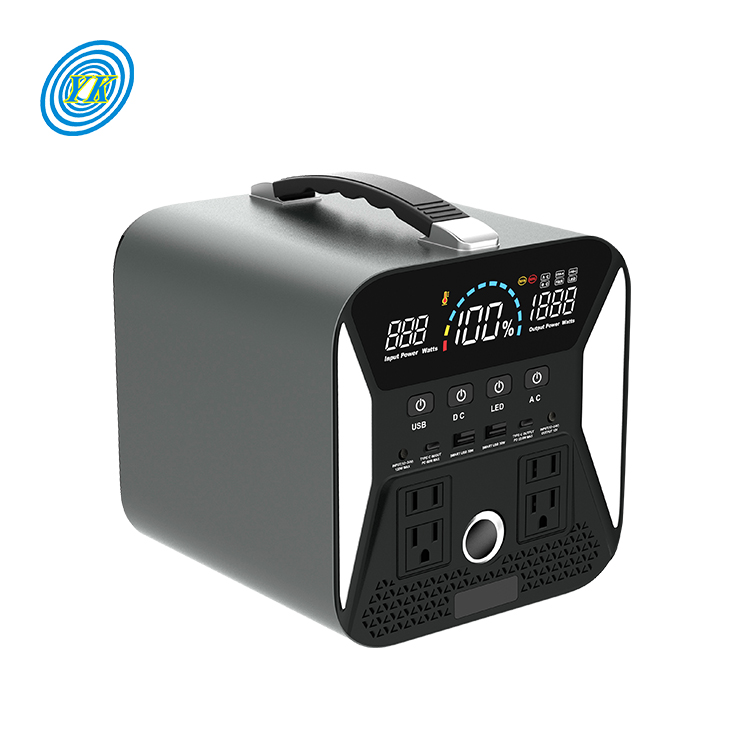
Importance of adding a safety margin to total wattage calculation for portable power stations
Click: 723 Date: 08/24/2023 4::43::31 PM
Adding a safety margin to the total wattage calculation is crucial for several reasons:Fluctuating Power Needs: Devices often have fluctuating power needs. For example, some appliances require more power at startup (known as surge or peak power) than during regular operation. A safety margin ensures that your power station can handle these temporary power spikes without shutting down or damaging the connected devices.Device Addition: You might want to connect additional devices to the power station in the future, which might not have been included in your initial calculation. A safety margin provides the extra capacity needed for these potential additions.Unforeseen Power Needs: Unexpected situations may arise where you need more power than your initial calculation. For example, during a power outage, you might need to use more devices simultaneously than you usually would.Prolonged Lifespan: Operating a power station close to its maximum capacity for extended periods can cause wear and tear, reducing its lifespan. A safety margin helps ensure the power station operates below its maximum capacity, thus prolonging its life.Safety: Overloading a power station can lead to overheating and potential damage. A safety margin provides a buffer against overloading, enhancing the safety of the power station and the connected devices.A common practice is to add a safety margin of around 20% on top of your calculated total wattage. This percentage is a guideline and not a strict rule, so it can be adjusted based on your specific needs and circumstances.
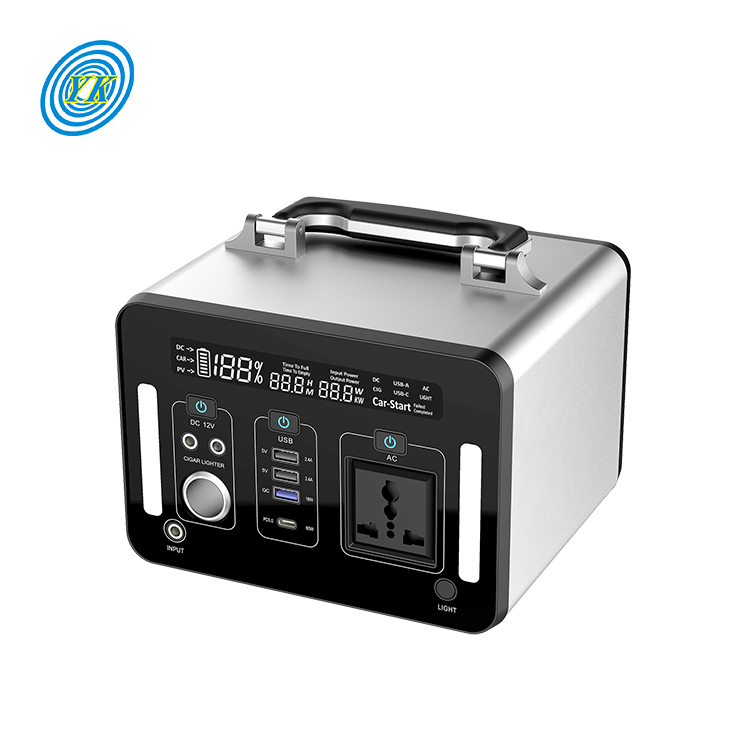
How to calculate total wattage of devices for a portable power station
Click: 705 Date: 08/24/2023 4::19::57 PM
How to calculate total wattage of devices for a portable power stationCalculating the total wattage of the devices you want to connect to a portable power station involves a few steps:Identify the Wattage of Each Device: For each device you plan to connect to your portable power station, identify its wattage. This is usually listed on the device itself or in its manual. If the wattage isn't provided but the device's amps (A) and volts (V) are, you can calculate the wattage (W) using the formula W = A x V.Calculate Total Wattage: Add up the wattage of all devices you plan to power simultaneously. This gives you the total wattage your portable power station needs to provide.Here's a simple example:Laptop: 60WSmartphone: 5WPortable fan: 30WLED light: 10WTotal wattage = 60W (laptop) + 5W (smartphone) + 30W (fan) + 10W (LED light) = 105WIn this case, you would need a portable power station that can provide at least 105W.Consider Surge Power: Some devices require more power when they start up (known as surge power or peak power) than they do to continue running. If any of your devices have a higher surge power, you should take this into account when calculating the total wattage.Consider Safety Margin: It's a good practice to add a safety margin of around 20% on top of your calculated total wattage. This accounts for any unforeseen power needs and helps prolong the lifespan of your power station.Remember, this is a simplified guide and actual power requirements may vary based on the specific devices and their settings. Always refer to your device's manual or consult with the manufacturer if you're unsure.
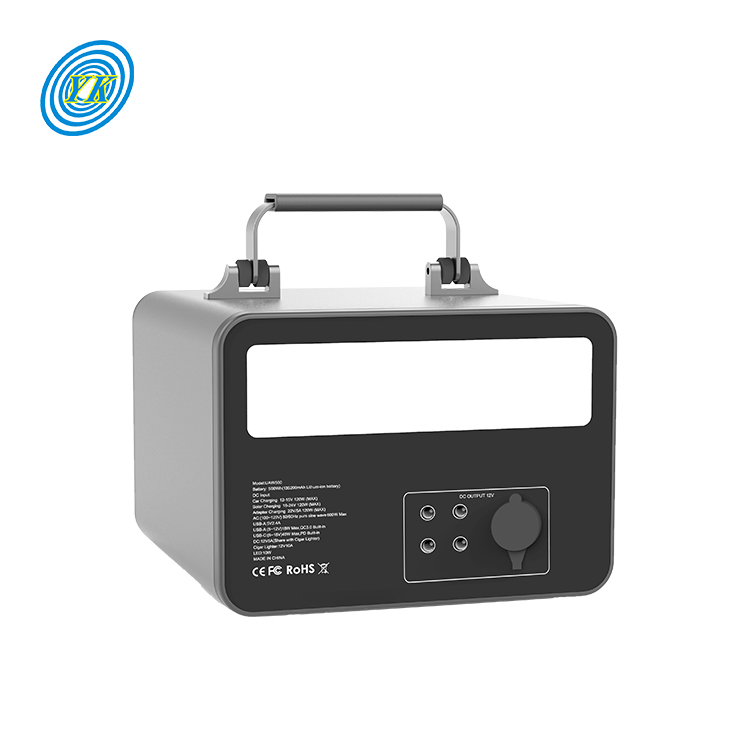
Different models of YUCOO’s portable power stations and their capacities
Click: 0 Date: 08/24/2023 3::58::52 PM
YUCOO offers a variety of portable power stations with different capacities to cater to a range of power needs. Here are some of the notable models:250W Portable Power Station: This model is compact and lightweight, making it ideal for outdoor activities like camping, hiking, or fishing. Despite its small size, it can power a range of devices including laptops, smartphones, drones, and small appliances. The power station features three charging methods, a built-in UPS function, and an aluminum alloy shell for enhanced durability.500W Portable Power Station: This power station offers a higher capacity than the 250W model, making it suitable for powering larger devices or multiple smaller devices simultaneously. Like the 250W model, it also features three charging methods, a built-in UPS function, and an aluminum alloy shell.1000W Portable Power Station: This is one of YUCOO's most powerful portable power stations. It is capable of powering large devices such as refrigerators, large televisions, and power tools. This model is ideal for RV trips, outdoor events, or as a backup power source for households during power outages.Please visit the official YUCOO website or contact their customer service for more detailed information about each model, including their specific capacities, features, and prices.
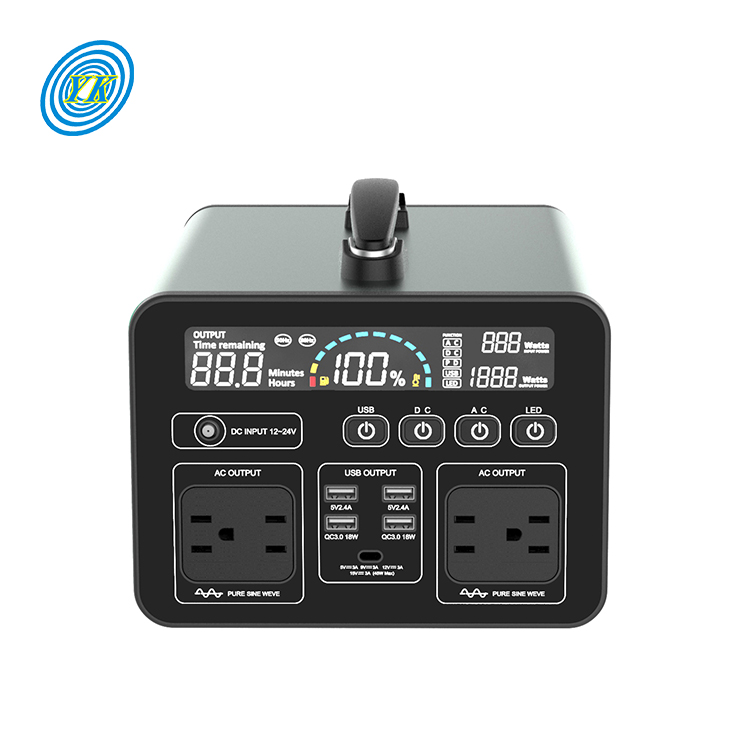
Technology used in YUCOO’s portable power stations
Click: 0 Date: 08/24/2023 3::52::27 PM
YUCOO's portable power stations use a combination of technologies to deliver efficient and reliable power supply:High-Frequency Inverter Technology: This technology converts DC power into AC power, which is suitable for most electronic devices. High-frequency inverters are generally lighter and more compact compared to low-frequency inverters, making them ideal for portable power stations.Portable Lithium Battery Technology: YUCOO power stations use portable lithium batteries, which are known for their high energy density and long life span. These batteries significantly reduce the weight and volume of the power station, making it more portable.Built-in UPS Function: The UPS (Uninterruptible Power Supply) function ensures that the power station can provide power continuously, even when the main power source is interrupted. This is particularly useful during power outages.Multiple Charging Methods: YUCOO power stations can be charged in three ways: mains charging, solar charging, and vehicle charging. This flexibility allows users to recharge the power station in various situations.Aluminum Alloy Shell: The power stations are housed in an aluminum alloy shell, which is resistant to high temperatures. This enhances the durability of the power station, especially in outdoor environments.Protective Features: YUCOO power stations feature short-circuit and over-current protection. These safety measures prevent damage to the power station and connected devices in case of electrical faults.All YUCOO products undergo rigorous testing by national certification bodies, ensuring their quality and reliability
